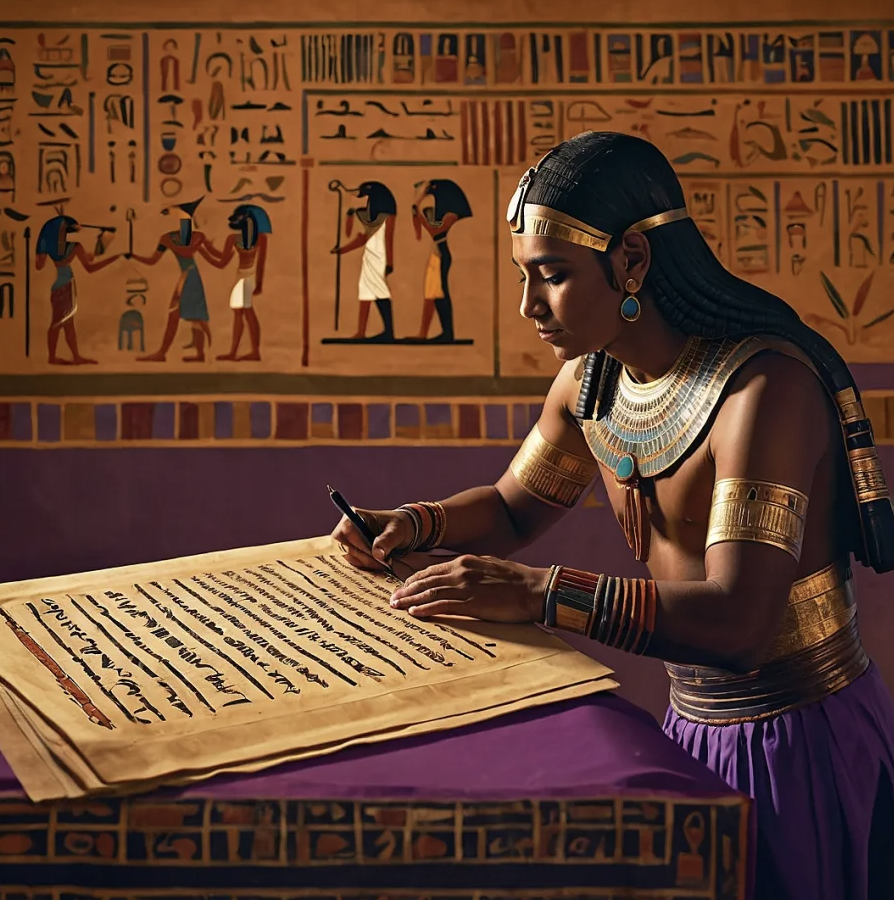We’ve spoken in past blog posts about the ins-and-outs of writing NFT books and Web3 books.
But what if I have a short story instead of a full-blown novel? Or a collection of short stories?
Well, due to their shorter, and usually self-contained format, short stories are a different ballgame altogether.
That doesn’t mean that you can’t mint them, or sell them, as standalone NFTs or even NFT books.
Let’s explore this idea a little:
What is an NFT Short Story?
The technical aspects of an NFT short story and an NFT book are essentially the same—they are both digital documents that have been minted as non-fungible tokens (NFTs) on a blockchain. Whether it’s a short story or a full-length book, both are tokenized in the same way, meaning they are given a unique digital signature that verifies their authenticity and ownership. This process ensures that the content is traceable and cannot be replicated or altered.
NFT Short Story vs. NFT Book
The primary difference between them lies not in their structure but in their content and length. NFT short stories might appeal to readers who want quick, bite-sized narratives, while NFT books offer more comprehensive, in-depth experiences. Both formats take advantage of the decentralized nature of blockchain technology, allowing for creative distribution methods and secondary markets, where scarcity and ownership can increase value. This makes NFTs a flexible and scalable option for any kind of written work.
So, why is this format more appealing to certain audiences?
The Advantages of an NFT Short Story
Obviously, because writing a short story takes much less time and commitment than a full book, or even a novella. Most people, even those who don’t actively write, have written a short story at some point of their lives, whether in high school, college, or somewhere else.
But how many can say they’ve written a whole book? Not many! This makes short stories the perfect entry point for anyone who wants to dip their toes into the Web3 literary space without feeling overwhelmed. Plus, for writers, it’s a quicker way to start building a presence, experimenting with NFTs, and getting a feel for how this whole digital marketplace works.
Emphasis on this “experimenting with NFTs” part, as you can try bundling your short story with the audiovisual content we always reference as advantages for NFT books: which includes but isn’t limited to: audio, video, illustration, or even as a standalone token to the next installment of a short story collection or anthology.
Elaborating more on this idea, you could record yourself (or someone) reading the short story and adding it as an audible file on the NFT bundle, or perhaps some hand-drawn illustrations of a character, a monster, or a background described in the story. It could even just be a simple quote.
In short, you can create and mint your story, put it out there, and see how it resonates with readers—all without the massive time investment a full-length book demands.
Of course, as life would have it, there’s also a number of disadvantages from using this format.
The Disadvantages of an NFT Short Story
While NFT short stories have plenty of appeal, they do come with their own set of challenges. One of the biggest drawbacks is the lower price point. Since short stories are, well, shorter, readers might not be willing to pay as much for a single story as they would for a full-length book. This means you could end up selling your NFT short story for a fraction of the price you’d get for a longer work, making it tougher to generate significant income from just one or two pieces. If it’s hard to sell a whole book, imagine a short story.
Another challenge is volume. To really make an impact, you might need to write several short stories, bundle them together into a collection, or consistently release new pieces to build up a body of work. Creating and minting each story individually can add up in terms of time, effort, and costs. Especially since each individual NFT you mint will incur a gas fee, this can become a significant hurdle when dealing with short stories. Every time you mint a new piece, you’re paying for that transaction on the blockchain, which can vary in cost depending on the network’s current traffic. For short stories, where the price point is naturally lower than a full-length book, the gas fees might eat into your profits or even make it harder to break even. Imagine writing multiple short stories, each requiring its own minting process — those fees add up quickly.
Writers who rely on this format might find themselves needing to constantly produce new content just to stay competitive and maintain their presence on the marketplace.
Additionally, short stories often have less room for deep world-building or character development, which can limit how much you can engage your readers. While some genres like flash fiction or slice-of-life work great in short form, others might feel rushed or incomplete. So while the short story format might be a great entry point into Web3, it does come with some trade-offs that are worth considering.
Conclusion
While NFT short stories offer a unique way for you to enter the Web3 literary space with lower commitment and faster turnaround, they come with their own set of challenges. Strategizing is always important, and of course, they’re more experimental than anything at this point.
For writers who want to experiment with NFTs and explore new creative avenues, short stories present an exciting, albeit complex, opportunity in the evolving world of Web3 literature.



